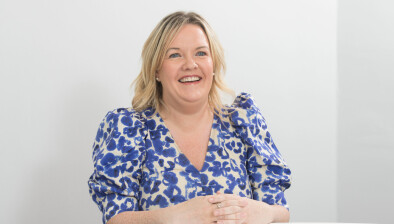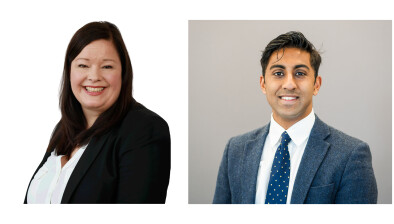Blog: The only way is ethics and other investment practicalities for managing trusts

Suzy Thomson
Suzy Thomson, investment manager at Brewin Dolphin in Dundee, suggests five things lawyers should consider in managing trusts.
Trusts are increasing in popularity as an investment vehicle. That’s good news for lawyers, who tend to deal with them on behalf of clients, but they inevitably come with their complications.
While in many ways it’s the same as investing for an individual, in others it’s a different beast altogether. Typically, they will have more interested parties, which immediately increases their complexity.
First, there is the person who set up the trust – the trustor or settlor – who relinquishes authority over any assets in the trust. Then there are the trustees, the principal owner and controller of the assets in the trust, and there are also the beneficiaries. While these could be the same people, only the latter are entitled to a benefit from the trust, but they may not have authority over the assets.
How can a lawyer navigate this to ensure the trust investments are structured and managed appropriately? Here are five considerations for legal professionals dealing with one on behalf of a client:
1. What’s the aim?
The most important question is what the trust was set up to do – i.e. how it is intended to help its beneficiaries. This can vary quite significantly – it may have been created to help pay for a child or grandchild’s time at university, or it may be an ongoing concern which pays out a monthly stipend to family members.
Its purpose will have a large bearing on how it’s structured. If, for example, it is designed to pay out regular income, then the allocation may be weighted towards stocks with higher yields or income-producing funds. If capital growth is the aim, then smaller, expanding companies may be the right option.
Either way, a course of action will need to be agreed for when companies cut their dividends, or a fund doesn’t deliver – or even if it overpays. If a £200,000 trust was designed to deliver an annual income of £12,000 but only yields 2 per cent, then a conversation is required around whether to eat into the capital or accept lower returns. If it overpays, then they may want to consider reinvesting the proceeds.
2. In it for the long haul
How long the money will stay invested is another key point. If a client wants to use the capital in the trust within fewer than five years, then investing it might not be the right call – markets can be too volatile over such a short period. But, if they are still keen to invest, a combination of businesses and funds which are likely to deliver quick growth will most likely be chosen.
If, however, they are looking to the medium- or long-term, then investments will need to be found to match – i.e. which businesses are going to still be successful in a decade’s time. That may involve investing through several market cycles, which usually builds in recovery time for any economic dips; but, given the vast changes over the past few years, it could also mean some companies’ fortunes suffer.
3. An appetite for risk
A client’s attitude to risk can be another major determining factor. As a general rule, the higher the appetite for risk, the higher the equity content of a portfolio and exposure to industries such as pharmaceuticals or tech. But, any set of investments should consist of a diverse range of assets which provide a good sectoral and geographical balance.
That could take the form of fixed-income products, such as corporate bonds and gilts, or unit trusts and alternative assets, like property funds. A typical portfolio would also have a certain amount of cash, while geographical diversification might be achieved through internationally-focussed funds, rather than direct equity investment to reduce risk.
4. The only way is ethics
Increasingly, people are putting their money where their morals are. Many baulk at the thought of investing their money in arms manufacturers or tobacco companies, for example – others may find pharmaceuticals or large oil producers to be beyond the pale.
While these can be easily avoided with direct equity investment, it may not be as straightforward when investing in funds. There may be a small amount of exposure in income funds that is difficult to detect, for example, with tobacco companies among the highest-yielding shares on the FTSE 100.
5. The overall tax picture
Finally, there is the client’s wider tax situation, which may dictate the trust needs to stay within certain parameters. In practice, this could mean ensuring that the investments do not exceed a defined level of income or capital gains, which may influence the stocks chosen. If inheritance tax is the principal concern, then using an offshore bond may be an option.









